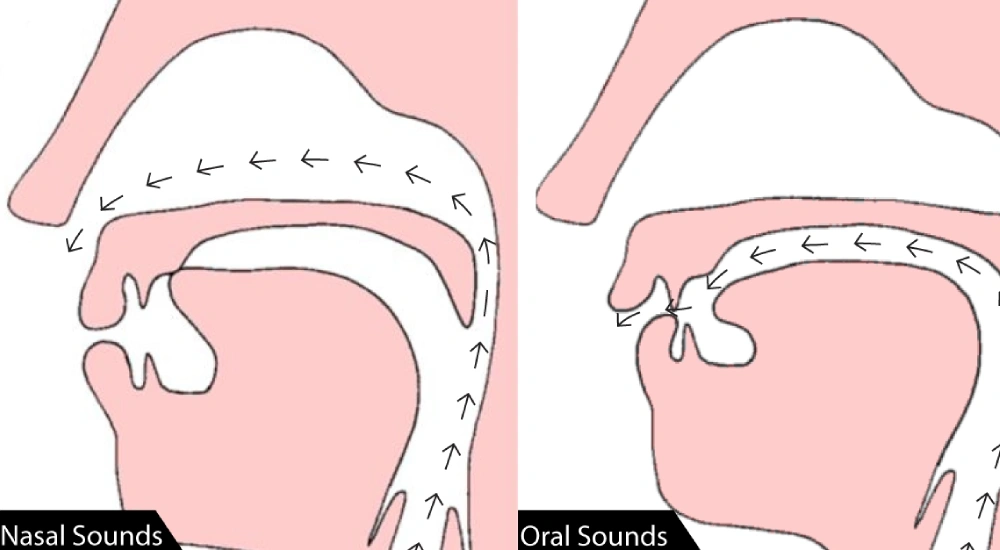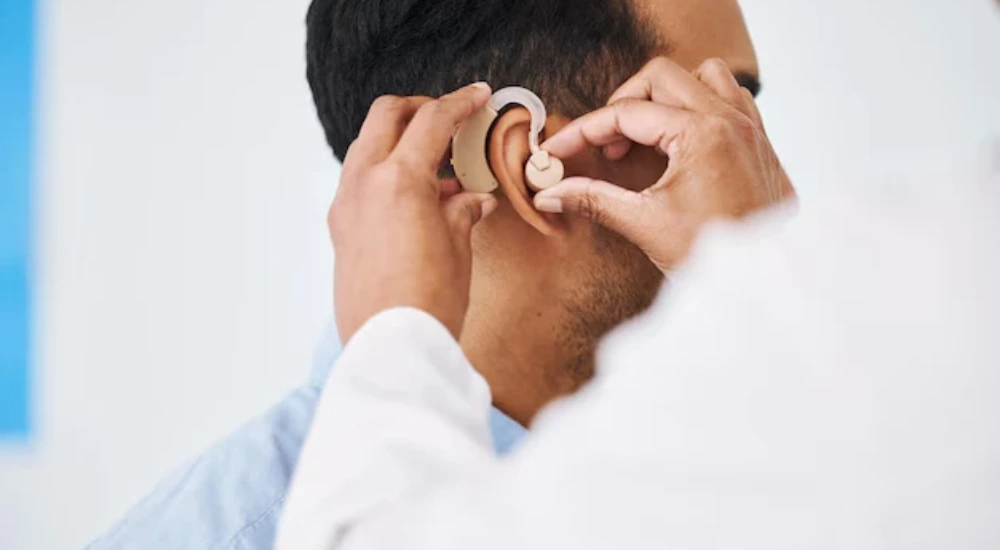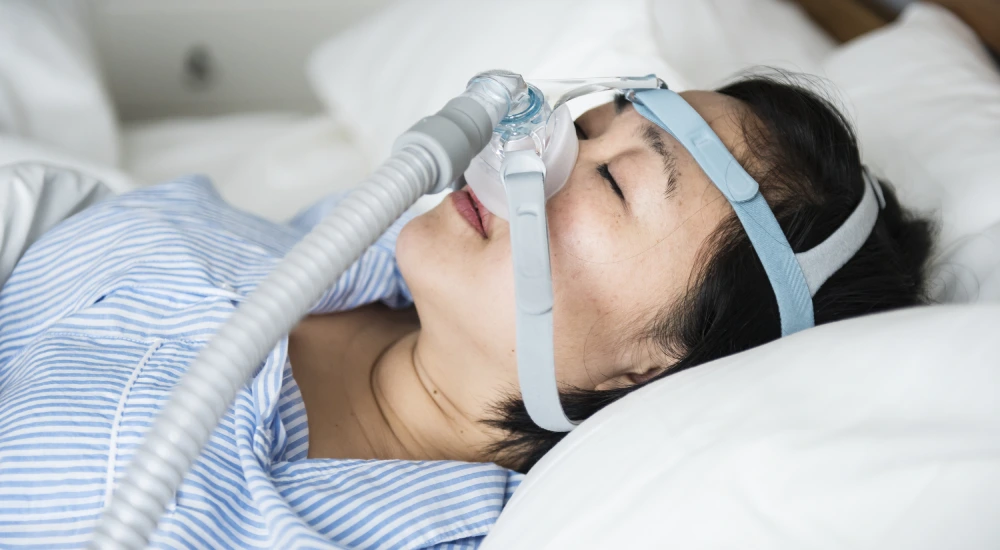
Let your voice be clear - Get Treated for Hypernasal Speech
Speech is a necessary attribute that defines a human. It is among the few things in which we stand alone from other species that we share this world with.
Speech is often produced while exhalation of air from lungs combined with some actions involving vocal cords and resonance of the exhaled air from mouth and nose. Such air is then shaped into proper speech using the movement of tongue and lips.
Hypernasal speech
It is a speech disorder in which the airflow during exhalation increases while speaking and the increased airflow causes a nasal obstruction which affects the resonance of the voice.
The condition mostly affects children. They encounter an excess airflow out of their nose while talking and it seriously affects their pronunciation. The affected child usually cannot pronounce vowels at all and have difficulties in pronouncing certain consonants also.
This happens due to velopharyngeal insufficiency, lack of coordination in proper closing of nasal and vocal gap due to abnormal functions of the soft palates of the walls of pharynx or velopharyngeal incompetence, improper closing of nasal and vocal gap due anatomic abnormalities of the walls of pharynx or sometimes, the child is yet to learn to speak properly can also show the symptoms of hypernasal speech.
Diagnosis
- Mirror technique, a method in which the speech therapist will hold a mirror under the nose of the child. When the child is speaking, the condition of hypernasality is determined by the density of fog caught on the mirror.
- A speech therapist records the perceptual speech of the affected child and identifies possible speech abnormalities of the child.
- Nasometry can be used to analyze the airflow through the nose and pharynx of the affected child.
- Nasopharyngeal endoscopy can be done while the child is speaking to monitor the movements of the vocal cord and pharyngeal walls.
- Pressure flow techniques can be employed in the velopharyngeal openings to determine the intensity of an airflow.
Treatment
Speech therapy
Speech therapy involves in analyzing of the nasal airflow of an affected child and training to overcome the situation of hypernasal speech. Continuous speech therapy also strengthens the muscles around the vocal cords and walls of the pharynx leading to a complete cure of this condition. An ENT specialist in India usually assists in speech therapy of an affected child.
Speech therapy involves,
- For limited symptoms, the child can be taught to speak with closing the nose, the pressure created while doing so will regulate the airflow. Then the child can be taught to speak properly without closing the nose to organize speech.
- The affected child be trained with opening the mouth wide while practicing speech.
- Altering the usual volume and tone of the affected child will manage airflow out of the nostril.
- Raising the awareness regarding how speech is produced and how to speak certain words properly towards the affected child can be rendered useful.
- Getting the children to imitate various speech responses will make them understand the words properly and help them to speak freely.
Surgery
Surgical treatments can be opted during certain worst-case scenarios or if the speech therapy does not work. Surgeries can be done for older children to ensure cooperation and complete development of the pharyngeal walls. There are two types of surgeries performed for the cases of hypernasal speech, P flap surgery for vertical cleft palates of the pharyngeal walls and sphincter pharyngoplasty for horizontal cleft palates of the pharyngeal walls
Share This Story, Choose Your Platform!






